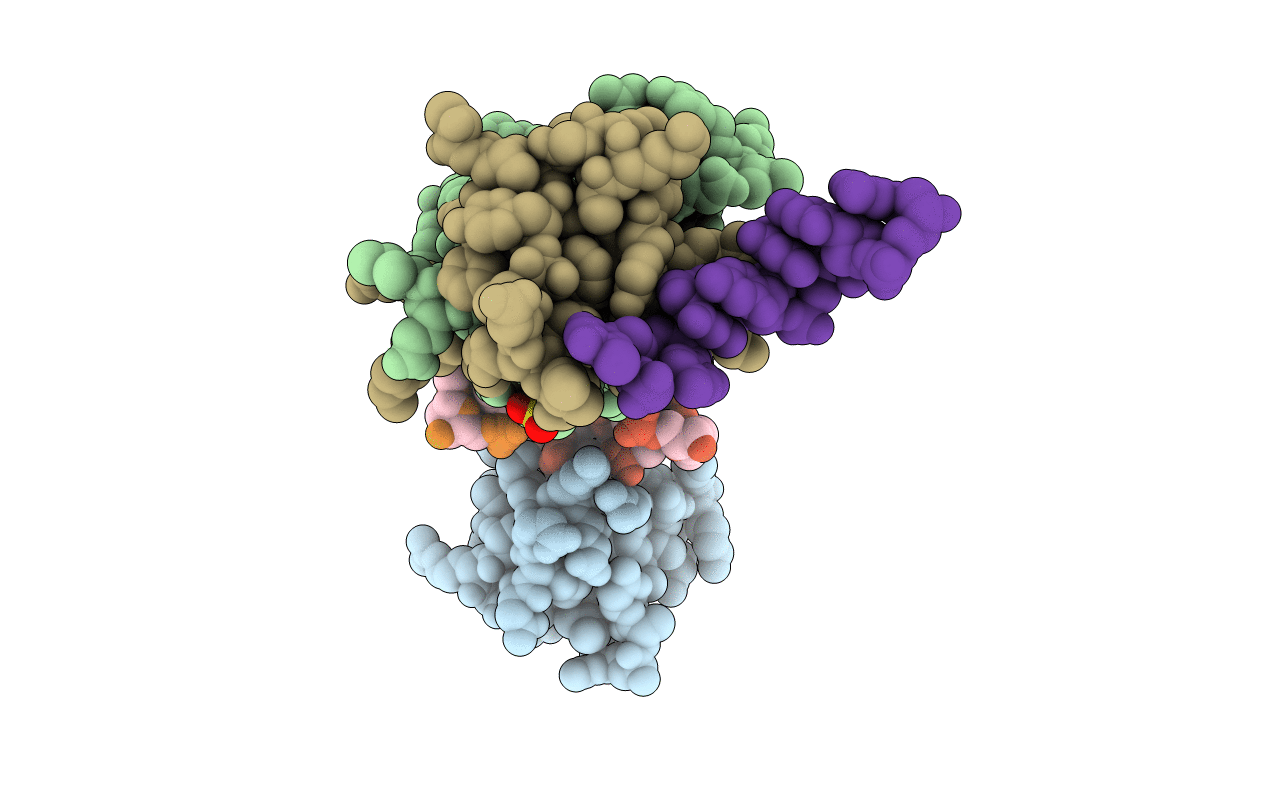
Deposition Date
2020-05-01
Release Date
2020-12-16
Last Version Date
2023-11-29
Entry Detail
PDB ID:
7C0I
Keywords:
Title:
Crystal structure of chimeric mutant of E3L in complex with Z-DNA
Biological Source:
Source Organism:
Vaccinia virus (Taxon ID: 10245)
Homo sapiens (Taxon ID: 9606)
synthetic construct (Taxon ID: 32630)
Homo sapiens (Taxon ID: 9606)
synthetic construct (Taxon ID: 32630)
Host Organism:
Method Details:
Experimental Method:
Resolution:
2.40 Å
R-Value Free:
0.22
R-Value Work:
0.20
R-Value Observed:
0.20
Space Group:
P 32 1 2


